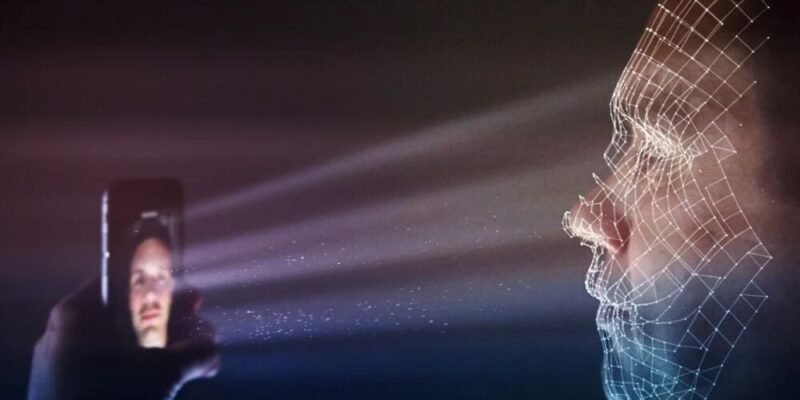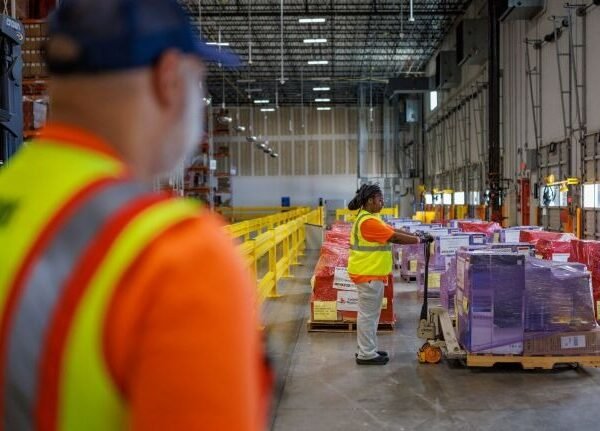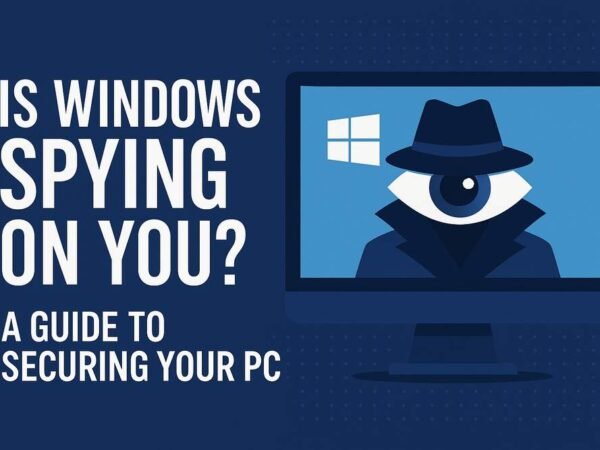The adoption of advanced technologies has rapidly evolved the retail industry. IR (Image Recognition) software stands out as a game-changer among these innovations. Automating time-consuming tasks like shelf monitoring, planogram compliance, and inventory tracking empowers retailers to take control and make precise, data-driven decisions, instilling confidence in their operations.
The result?
What does this mean for your customers? A seamless shopping experience where they can find what they need when they need it enhances their satisfaction and loyalty. For businesses, it means improved operational efficiency, boosting their bottom line.
This article will explore how IR image recognition software transforms retail operations, its key applications, and the tools leading the charge in reshaping the industry.
What is IR Image Recognition Software?
IR image recognition software leverages artificial intelligence to analyze visual data such as photos or video feeds, enabling automated identification of objects, stock levels, pricing information, and more. It replaces the need for manual audits, which are often slow, costly, and error-prone, with real-time accuracy and actionable insights.
How It Works:
- AI-Powered Analysis: Algorithms process images captured from cameras or smartphones, identifying products, shelf arrangements, and missing items.
These insights are not just data; they are real-time, actionable information that allows retailers to be agile and responsive to changing market conditions, enhancing their competitive edge. For example, ParallelDots’ ShelfWatch uses advanced image recognition to ensure planogram compliance by checking if products are placed correctly and identifying stock shortages, making store management more efficient.
Now that you’ve understood the fundamentals of IR software, let’s explore its diverse retail applications and how it addresses key operational challenges.
Applications of IR Image Recognition in Retail
IR image recognition software is highly versatile. It addresses multiple aspects of retail management to optimize efficiency and improve customer experiences.
- On-Shelf Availability (OSA) Tracking: Out-of-stock items lead to lost sales and dissatisfied customers. IR software ensures products are always available by monitoring shelves across multiple locations in real-time.
- Planogram Compliance: Merchandising strategies often adhere to strict planograms to maximize shelf space and optimize product visibility. IR technology ensures compliance by scanning shelves and comparing them with predefined layouts.
- Inventory Management: IR software simplifies inventory tracking by analyzing shelf images to detect stock levels, reducing overstocking or understocking scenarios. Retailers can optimize inventory turnover by ensuring fast-moving products are restocked promptly. In contrast, slow-moving ones are rotated or discounted.
- Customer Behavior Analysis: By observing product depletion rates and shelf interactions, retailers can gain insights into customer preferences, enabling personalized promotions. Data might reveal a spike in demand for specific snacks during weekends, prompting retailers to run weekend promotions.
With its wide range of applications, IR technology addresses some of the most pressing challenges retailers face. Let’s explore how it effectively solves these challenges.
How IR Image Recognition Solves Retail Challenges
Retailers face many challenges that can significantly impact their profitability and customer satisfaction. IR image recognition software offers practical solutions to these pain points, making operations seamless and efficient.
- Reducing Costs: Manual audits are labor-intensive and expensive. IR technology automates these processes, minimizing labor costs while delivering faster and more accurate results. A retail chain can cut costs by deploying ShelfWatch to monitor shelf compliance across hundreds of stores, eliminating the need for frequent in-person audits.
- Eliminating Data Inaccuracies: Human error in manual stock counts or planogram checks can lead to incorrect decisions. IR software ensures data accuracy by relying on automated image analysis. IR tools can instantly identify misplaced products or incorrect pricing, ensuring compliance with merchandising standards.
- Real-Time Insights: Accessing real-time data allows retailers to respond quickly to stockouts, misplaced items, or pricing discrepancies. A store manager, for example, will receive an alert that a top-selling product is out of stock, enabling immediate restocking to prevent lost sales.
Also read: Image Recognition Technology Applications in Retail
By solving these challenges, IR technology offers tangible benefits for retailers.
Benefits of IR Image Recognition for Retailers
Investing in IR technology is not just a trend; it’s a strategic move that translates into measurable benefits for retailers. From enhanced customer experiences to boosted sales and operational efficiency, the benefits of IR image recognition are tangible. They can significantly improve business performance and customer satisfaction.
- Boosted Sales: Consistent product availability ensures customers find what they need, increasing loyalty and revenue.
- Operational Efficiency: Automated monitoring reduces the need for manual labor, optimizing resources.
- Competitive Edge: Real-time data empowers retailers to stay ahead of market trends and outperform competitors.
As retailers reap these benefits, the future of IR technology holds even more promise. Let’s explore upcoming trends that will shape the retail landscape.
Future Trends in IR Technology for Retail
With several innovations in IR technology, the retail industry is evolving rapidly and promises to redefine retail operations further.
AI and Predictive Analytics
IR tools will integrate predictive analytics to help retailers anticipate stock needs and optimize inventory planning. AI-driven insights could suggest ideal product placements based on past sales data and current trends.
Enhanced Customer Experiences
IR technology will enable immersive in-store experiences like virtual try-ons or interactive product recommendations. Clothing stores could use augmented reality mirrors to let customers see how outfits look without trying them on physically.
Sustainability Integration
Eco-conscious practices will become integral, with IR tools supporting sustainable inventory management and waste reduction. Automating inventory tracking ensures expired products are identified and removed promptly, minimizing waste.
As IR technology evolves, its role in transforming retail operations will grow significantly.
Conclusion
Therefore, IR image recognition software is revolutionizing the retail industry by automating processes, enhancing accuracy, and delivering actionable insights. It empowers retailers to boost sales, streamline operations, and create a superior customer shopping experience.
With tools like ParallelDots’ ShelfWatch, retailers can achieve new heights in operational excellence. From real-time shelf monitoring to actionable data analytics, ShelfWatch offers everything needed to thrive in a competitive marketplace.
Ready to elevate your retail operations? Book a demo with ParallelDots today and discover how ShelfWatch can transform your business with cutting-edge IR image recognition technology.
Do Read: Latest Technology for HVAC Installation Contractors in 2025













